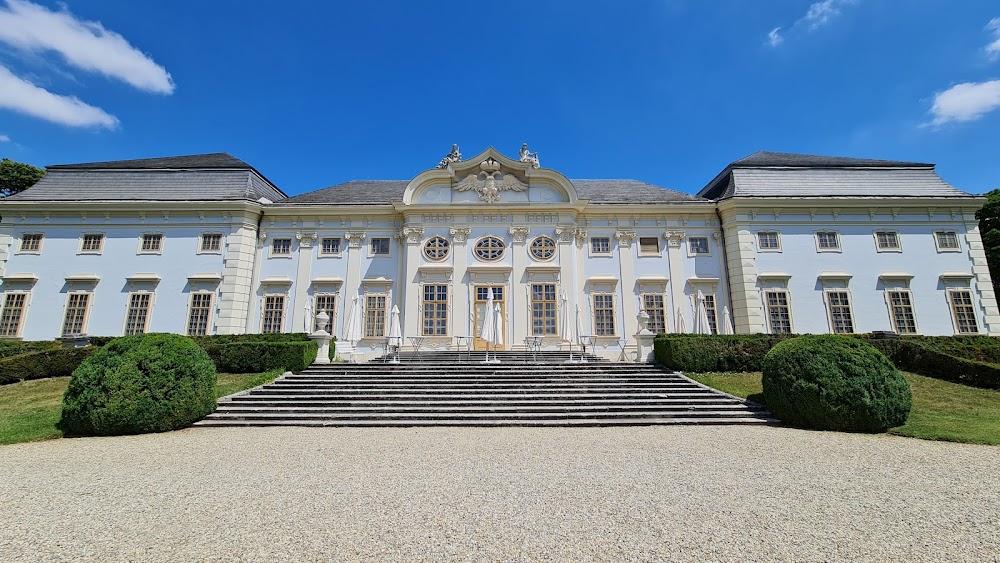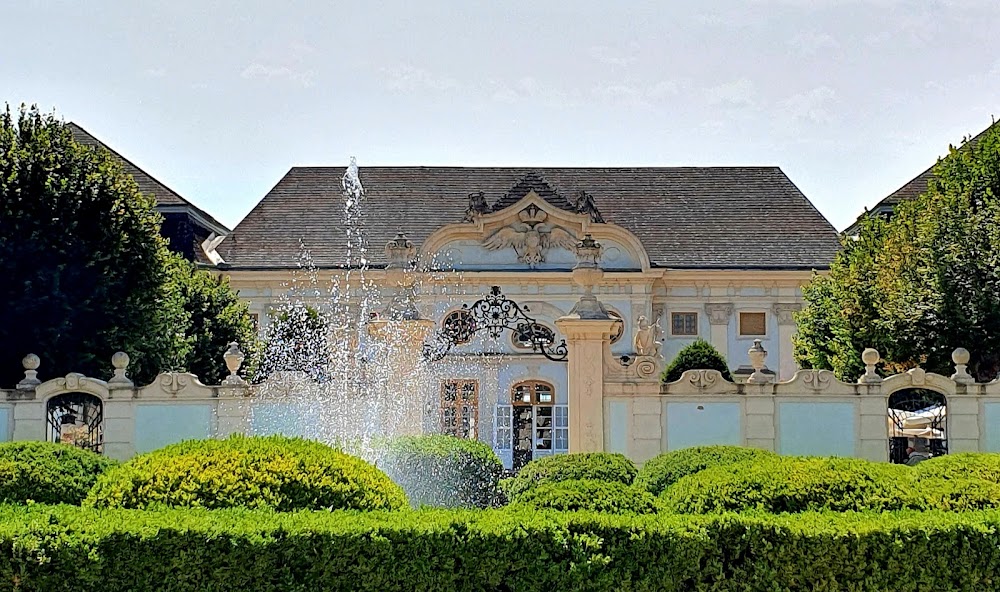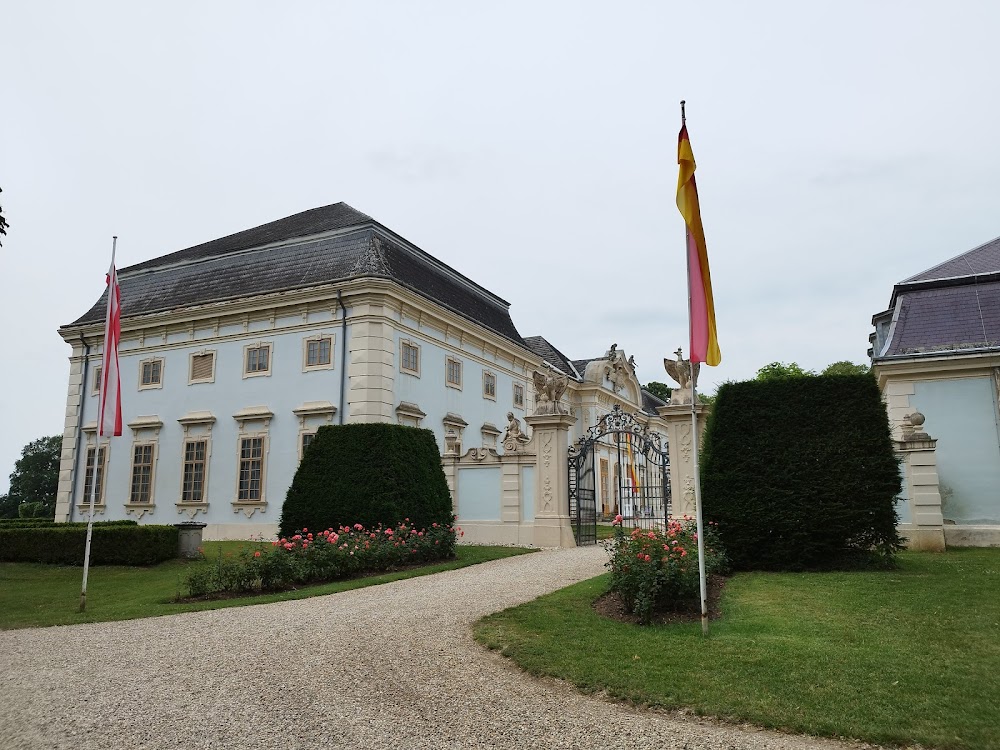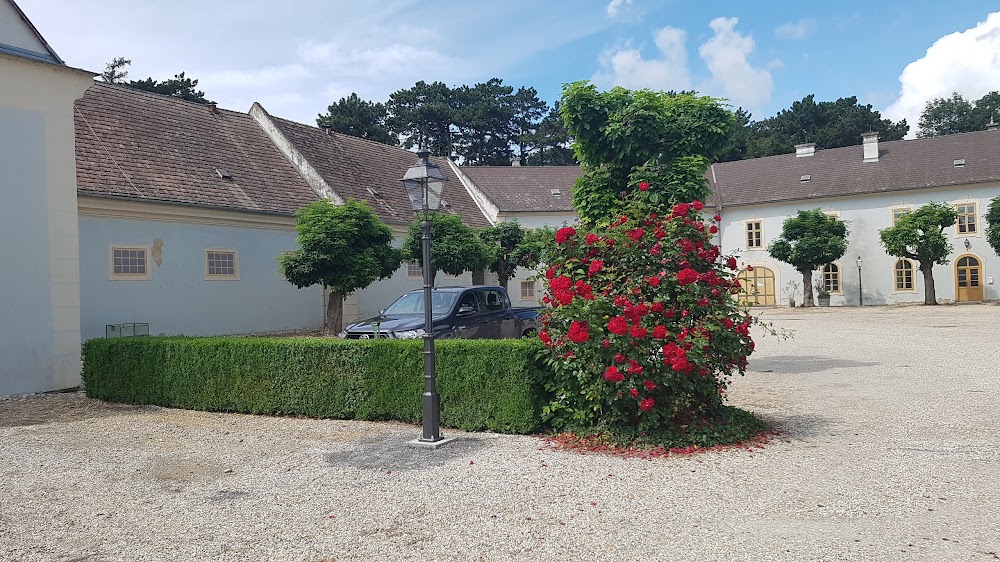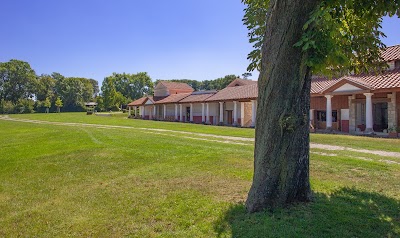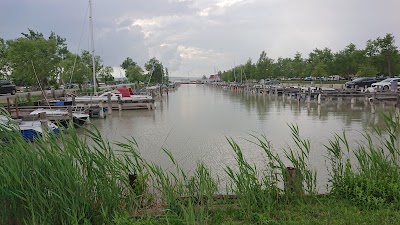Halbturn Palace (Schloss Halbturn)
Overview
Introduction to Schloss Halbturn
Schloss Halbturn, or Halbturn Palace, is a stunning baroque palace nestled in the picturesque Burgenland region of Austria. Constructed in the early 18th century, it boasts a rich history intertwined with Austrian nobility and the illustrious Habsburg dynasty.
Commissioning and Architectural Design
Commissioned by Emperor Charles VI in 1711, the palace was intended as a summer residence near the imperial hunting grounds. The renowned architect Johann Lucas von Hildebrandt, known for his masterful baroque style, was tasked with bringing this vision to life. His design featured elegant symmetry, intricate decorations, and a grand entrance, all intended to evoke a sense of royal luxury and comfort.
Construction and Craftsmanship
Construction began in 1711 and spanned several years. Local materials were utilized, while the intricate artistry was the work of skilled craftsmen, ensuring that every detail of the palace was meticulously crafted. The main structure consists of a central building flanked by two side wings, creating a harmonious and balanced aesthetic.
Interior Splendor
The central building houses lavish state rooms adorned with ornate stucco work, exquisite frescoes, and beautifully curated period furniture. The side wings were designed to accommodate guests and servants, providing comfortable living quarters that reflect the opulence of the palace.
Stunning Gardens
The palace grounds are equally impressive, thanks to landscape architect Anton Zinner, who designed formal gardens that feature geometric shapes, fountains, and winding pathways. These gardens extend the grandeur of the palace outdoors, offering a serene retreat for the imperial family and their guests.
Historical Significance
Over the centuries, Schloss Halbturn has served a variety of purposes. Initially a hunting lodge and summer retreat, it later became a venue for significant social and political events, hosting grand balls, diplomatic gatherings, and family celebrations.
The Habsburg Legacy
In the late 18th century, the palace became a private residence of the Habsburg family, passed down through generations as a symbol of nobility and heritage.
20th-Century Challenges and Restoration
The 20th century brought challenges for Schloss Halbturn. World War I and subsequent political shifts impacted the Austrian aristocracy, necessitating extensive restoration efforts to preserve the palace’s historical and architectural integrity. Today, parts of the palace are open to the public, showcasing its grandeur.
A Cultural Hub
Today, Schloss Halbturn is not just a historical monument; it serves as a vibrant cultural hub, hosting art exhibitions, concerts, and events throughout the year. Its stunning architecture and rich history attract visitors from around the globe.
Involvement in the Wine Industry
Adding to its allure, Schloss Halbturn is also involved in the wine industry. The surrounding lands are cultivated for vineyards, producing a range of high-quality wines celebrated at various events and festivals. This aspect enriches the experience of visiting the palace, allowing guests to savor the local flavors.
Conclusion
Schloss Halbturn stands as a testament to Austria's heritage and baroque artistry. With its beautifully preserved architecture, enchanting gardens, and ongoing cultural significance, it remains a cherished landmark in Burgenland, inviting all to explore its storied past and vibrant present.


